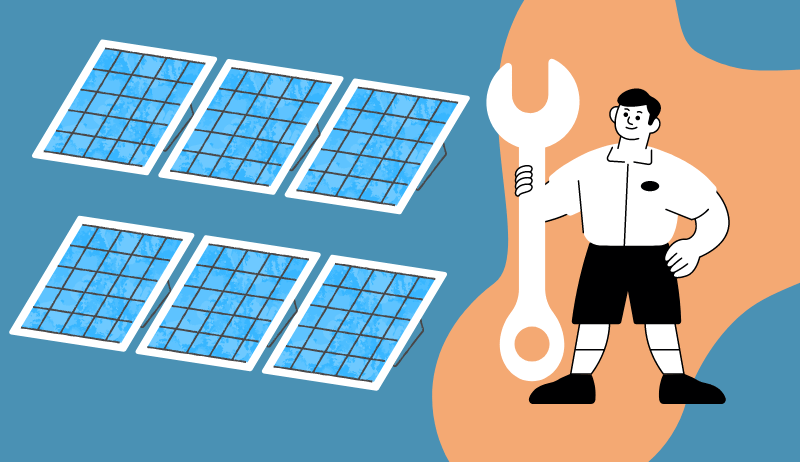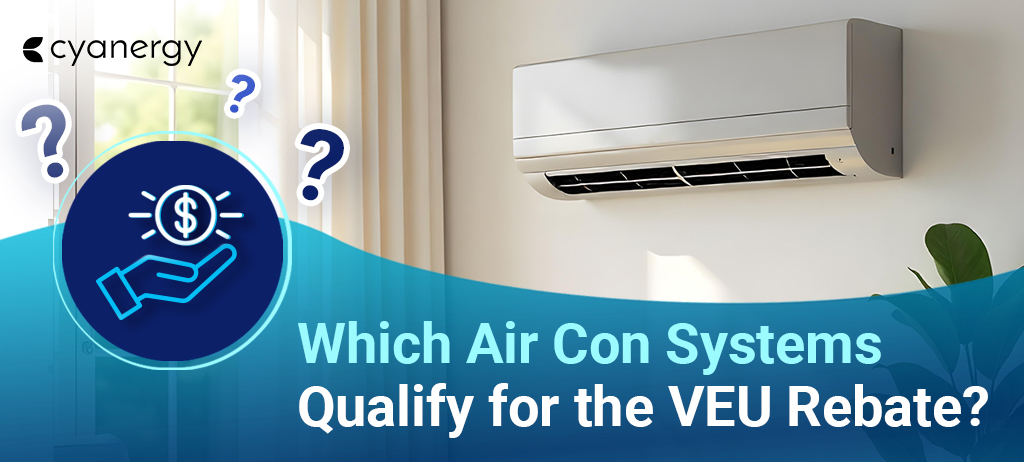Australia has the potential to lead the world in renewable energy. The country possesses abundant natural resources, technological advancements, and a growing public awareness of the need for sustainable energy solutions. While several challenges exist, Australia can leverage its strengths to take a prominent position in the global renewable energy landscape.
One key factor contributing to Australia’s potential is its vast renewable resources. The country has access to diverse sources such as solar, wind, wave, geothermal, and bioenergy. Its large landmass and favorable geographical location enable the harnessing of these resources on a large scale, providing a balanced and resilient energy mix.
Technological advancements also contribute to Australia’s potential to lead in renewable energy. The country is home to world-class research institutions and innovative companies that are driving advancements in renewable energy technology. From improving solar panel efficiency to developing advanced battery storage solutions, Australia’s research and development efforts can position it as a leader in renewable energy innovation.
Supportive government policies and incentives play a vital role in driving renewable energy adoption. Australia has made significant strides in this regard, with initiatives such as the Renewable Energy Target and various state-level policies. By providing long-term policy stability, streamlining regulatory processes, and offering financial incentives, Australia can create an environment conducive to renewable energy investment and innovation.
International collaboration and knowledge sharing are also important for Australia’s leadership in renewable energy. By participating in global initiatives, partnering with other countries, and sharing expertise and best practices, Australia can contribute to the global renewable energy transition while benefiting from shared learnings and collaborative research efforts.
While challenges exist, such as policy inconsistencies and the need for sustained investment, Australia’s potential to lead in renewable energy is significant. With continued support, innovation, and a strong commitment to sustainability, Australia can emerge as a global leader, inspiring others to follow suit.

Solar Panels Are the Future of Renewable Energy – Strong Solar Power Potential
Australia is renowned for its vast solar energy potential. The country’s geographical location and climate make it a prime candidate for harnessing the power of the sun. Here are some key factors that contribute to Australia’s exceptional solar energy potential:
Abundant Sunshine
Australia receives some of the highest solar irradiation levels in the world, thanks to its ample sunshine. The country’s vast landmass, particularly its arid regions like the Outback, experience long hours of sunshine throughout the year. This abundant solar radiation provides a strong foundation for solar energy generation.
Favorable Climate
Australia’s climate is generally characterized by clear skies and minimal cloud cover, particularly in central and northern regions. This weather pattern ensures a high solar energy yield and optimal conditions for solar panels to operate efficiently.
Expansive Rooftop Space
Australia stands as a global frontrunner in residential adoption of solar energy, with a remarkable nation-wide average of over 20% of free-standing households equipped with photovoltaic (PV) systems. As of early 2020, Australia boasted an impressive 10.7 GW of rooftop solar capacity distributed across 2.4 million installations. This figure further escalated to reach 13 GW of rooftop solar by 2021, signifying the country’s continued growth in solar energy adoption.
Estimates indicate that the national residential solar potential in Australia ranges between 43 GWp and 61 GWp. Interestingly, around 6.5% of this potential lies in multi-occupancy buildings, highlighting the opportunities for solar energy generation in such structures.
Australia’s impressive residential solar uptake demonstrates the country’s commitment to embracing renewable energy and reducing reliance on traditional power sources. With abundant solar resources and a growing awareness of the benefits of solar energy, Australia is well-positioned to continue leading the way in residential solar adoption and contribute to a sustainable and clean energy future.
Large-Scale Solar Farms
In addition to rooftop solar installations, Australia has embraced large-scale solar farms. These facilities are typically established in open, sunny areas and consist of numerous solar panels. Solar farms can generate significant amounts of electricity, contributing to the country’s overall renewable energy capacity.
Brunel’s report reveals that the New England Solar Farm, upon completion, will hold the distinction of being Australia’s largest hybrid solar and battery energy storage facility. Additionally, the Western Downs Green Power Hub in Queensland is set to become the country’s second-largest solar energy producer, according to the same report.
The ambitious Sun Cable project, situated in Tennant Creek, Northern Territory, is spearheading the development of the world’s largest solar farm. With a price tag of $20 billion, it is also one of the largest construction projects ever undertaken in Australia. Remarkably, this expansive solar farm spans an area equivalent to more than 20,000 soccer fields.
Falling Solar Costs
The cost of solar photovoltaic (PV) technology has decreased significantly over the years, making solar energy increasingly accessible and cost-effective. This reduction in costs, coupled with government incentives and favorable policies, has stimulated the uptake of solar power systems in Australia.

Advanced Solar Technologies
Australia is home to leading research institutions and innovative companies that are continuously pushing the boundaries of solar technology. Research and development efforts focus on improving the efficiency of solar panels, developing new materials, and exploring innovative solar technologies such as concentrated solar power (CSP) and solar thermal systems.
Supportive Government Policies
The Australian government has implemented various policies and incentive programs to promote renewable energy, including solar power. Initiatives such as feed-in tariffs, rebates, and renewable energy targets have encouraged individuals, businesses, and communities to adopt solar energy systems.
Growing Public Awareness
There is a rising awareness among Australians about the importance of renewable energy and the benefits of solar power. As individuals become more conscious of environmental sustainability and seek to reduce their carbon footprint, the demand for solar energy continues to grow.
Given these factors, Australia has tremendous potential to maximize its solar energy resources. By capitalizing on its abundant sunshine, expanding rooftop solar installations, investing in large-scale solar farms, and promoting research and development in solar technology, Australia can harness the power of the sun and pave the way for a clean energy future.
Wielding the Power of Wind
Another renewable energy source that Australia has in abundance is wind power. The country boasts vast stretches of coastline with strong and consistent winds, particularly in southern regions like South Australia and Victoria. Expanding the wind energy sector through the construction of wind farms could significantly contribute to Australia’s renewable energy targets. It’s worth noting that the cost of wind energy has dropped dramatically in recent years, making it increasingly competitive with traditional fossil fuel-based power generation.
The wind energy sector experienced remarkable growth in 2020, with the addition of over 1 GW of new capacity, marking the first time it surpassed this milestone. This achievement contributed to the sector’s consecutive years of breaking records. The continuous expansion of wind power installations demonstrates the industry’s commitment to meeting Australia’s energy demands through sustainable means.
Furthermore, in 2020, wind power made a significant contribution to Australia’s energy landscape, accounting for 10% of the total electricity supply and 37.5% of the country’s renewable energy supply. These figures highlight the increasing significance of wind energy as a reliable and sustainable source of electricity for Australia.
Australia currently possesses a wind generation capacity of 9,126 MW, all of which is located onshore, as reported by the Clean Energy Council in their Clean Energy Report 2022. The year 2021 witnessed the commissioning of eight new wind farms across the country, adding a total of 1,746 MW of fresh capacity. Notably, the largest among these is the Coopers Gap Wind Farm in Queensland, boasting a capacity of 453 MW, as highlighted in the Clean Energy Council’s report.
Tapping into Wave and Tidal Energy








